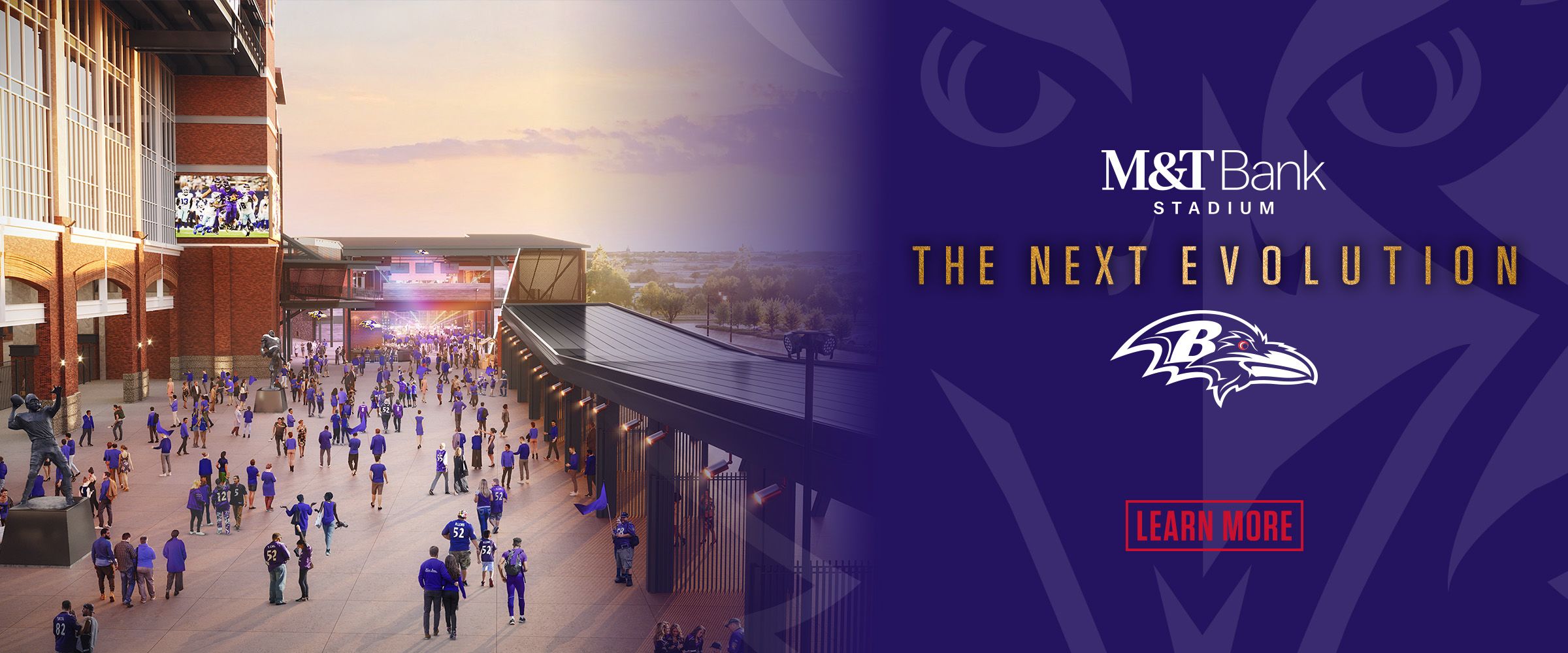When the Ravens traded back from No. 16 to No. 22 in this year's draft, they had a clump of offensive players in mind for the pick.
When all of them were still on the board, they moved back again to No. 25. This time, one of the players they liked, wide receiver D.J. Moore, was grabbed by the Carolina Panthers one spot ahead.
The Ravens knew they wanted to add a pass-catcher and had two highly-graded ones staring them in the face: tight end Hayden Hurst and wide receiver Calvin Ridley.
"That was a very tough decision, and in fact, a decision that we never really made until basically when we were on the clock or right around that time," Assistant General Manager Eric DeCosta told "The Lounge" podcast.
"It's hard to make those decisions when you have two players who are very close."
Hurst was the top tight end in the draft. The 6-foot-4, 250-pound South Carolina product can be used in a variety of ways, catches everything thrown at him, has the athleticism to stretch the field and is a willing and good blocker.
Ridley was a big-play machine at Alabama, where he put up strong production in all three of his seasons. He was regarded as the best route-runner in the class, though some analysts bumped him behind Moore after the NFL Scouting Combine.
DeCosta broke down the Ravens' process in picking between the two.
One factor was need. The Ravens didn't have any pass-catching tight ends on the roster, as Nick Boyle and Maxx Williams are used more as blockers.
On the flip side, Baltimore had already signed Michael Crabtree, John "Smokey" Brown and Willie Snead IV at wide receiver, which already provided the makeover the Ravens needed. Baltimore still wanted more long-term solutions, and more competition, at the position, but there wasn't as much immediate need.
The other reason DeCosta cited isn't one fans may have expected.
"I also think that if you're just looking at predicting success, first-round tight ends, historically, have done much better than first-round wideouts, which is a much more volatile position in the draft," he said.
Last year, three wide receivers went in the first round. None of them had standout rookie seasons. Since 2015, only one wide receiver (Oakland Raiders' Amari Cooper) has gone to a Pro Bowl. Last year, the draft's top tight ends (Tampa Bay Buccaneers' O.J. Howard and New York Giants' Evan Engram) each had more success than the wide receivers.
Those were factors, but in the end, part of it also comes down to a gut feeling. And the Ravens had a good feel for Hurst and what he would do for quarterback Joe Flacco.
"We thought Calvin was a great prospect," DeCosta said. "But we met with Hayden recently, and his maturity, his skillset, the comparisons to players like Todd Heap, his ability to make plays in the middle of the field, we felt was really important.
"As we thought about Joe Flacco, it was easy for us to envision Joe throwing the ball to Hayden Hurst and Hayden making plays in our offense. Even though it was a very tough decision – agonizing decision – Hayden made the most sense for us."



















